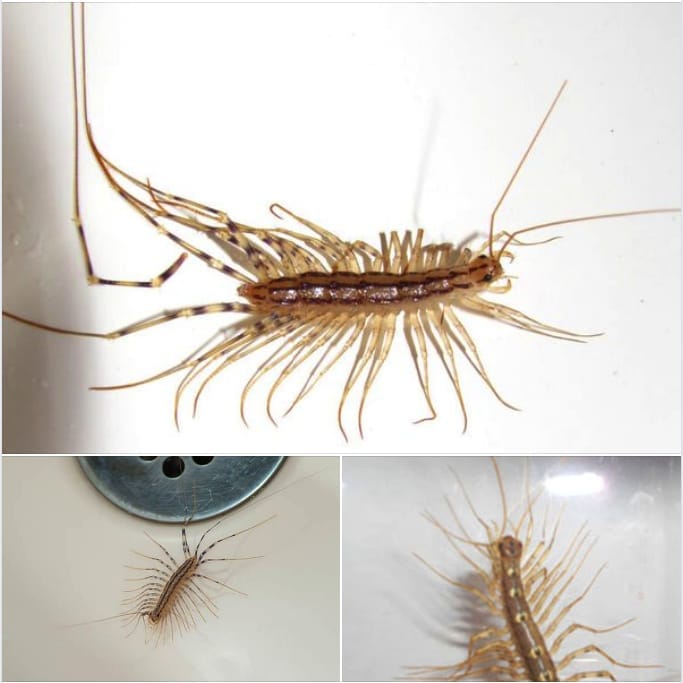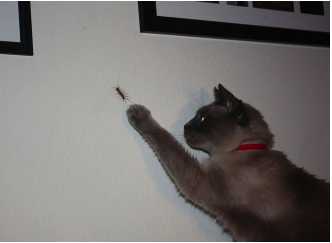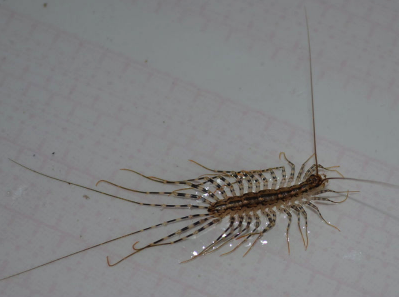Why you should not kill a house centipede if you find one inside your house
Why you should not kill a house centipede if you find one inside your house

What emotion do you experience when you see an insect around your home? You probably want to grab something and stomp on it right away, and with good reason. Some of them can sting you fatally and carry nasty poisons.

The creepy ones are the worst; those tiny, frightful creatures with so many legs typically make you want to squash them as soon as possible. However, you might reconsider killing those ominous-looking centipedes the next time you encounter them in your toilet.
Seeing centipedes moving around the house can be shocking, and it’s hard to resist the urge to squash them. But after learning how helpful they are, you might want to thank them by letting them live.

As it turns out, those squirmy, swiftly moving organisms have been protecting your house from other tiny insects. There’s a unique kind of centipede that is a bit shorter than its other wormy cousins and has around 20 legs wrapped around its body.
These little creatures serve as your home’s invisible pest control, keeping cockroaches, spiders, silverfish, bedbugs, and ants out. They devour almost every arthropod they find around the house due to their ravenous appetite.
While centipedes are the good guys, this doesn’t mean you should open your doors and let them in en masse. Instead, it means you should let the one or two you may discover around the house off the hook next time they visit.
When found, they might cause a bit of a stir, especially if young children or adults find them repulsive. But instead of squashing them, let them go on their own or send them outside.
Avoid squashing spiders, which can release hundreds of tiny baby spiders into your home. You don’t want to witness that.
Centipedes are actually not that nasty. They are frail little critters that can barely cause significant harm, other than giving you a fright.
They don’t transmit germs around the house like other insects do. Even centipedes shouldn’t scare you; they are essentially non-lethal. However, we can’t say the same about some other insects that carry dreadful diseases and can be deadly without proper medical care. Here are a few deadly insects you should hope never to encounter indoors.

Bullet Ants: Their bite feels like being shot. They are one of the biggest ant species and are frequently found in the Paraguayan and Nicaraguan jungles.
Botflies: The problem lies with their larvae, which burrow under the skin, creating infections and significant changes in the skin’s tissue.
Fleas: Blood-feeders whose bites can itch, irritate, and sometimes infect the skin.
Fire Ants: Known for their painful stings that cause white pustules lasting for weeks. Some release venom that can cause allergic reactions.
Kissing Bugs: Known for transmitting the trypanosome cruzi parasite, which can cause up to 12,000 fatalities each year by biting victims’ lips.
Giant Japanese Hornets: The largest hornets, growing up to 2 inches long and delivering a lethal sting that claims about 40 lives annually.
Tsetse Flies: Their bites can cause sleeping sickness, responsible for an estimated 500,000 fatalities on the African continent.
Killer Bees: Known for their aggressive attacks in overwhelming numbers, often proving lethal.
Driver Ants: These ants attack with strong mandibles and can dispatch several animals in a single raid. They also attack other insects and have a nasty tendency to bite people.
Mosquitoes: The deadliest insects, and possibly the deadliest organisms on earth, causing up to 1 million fatalities annually due to illnesses like encephalitis, West Nile virus, malaria, and yellow fever.